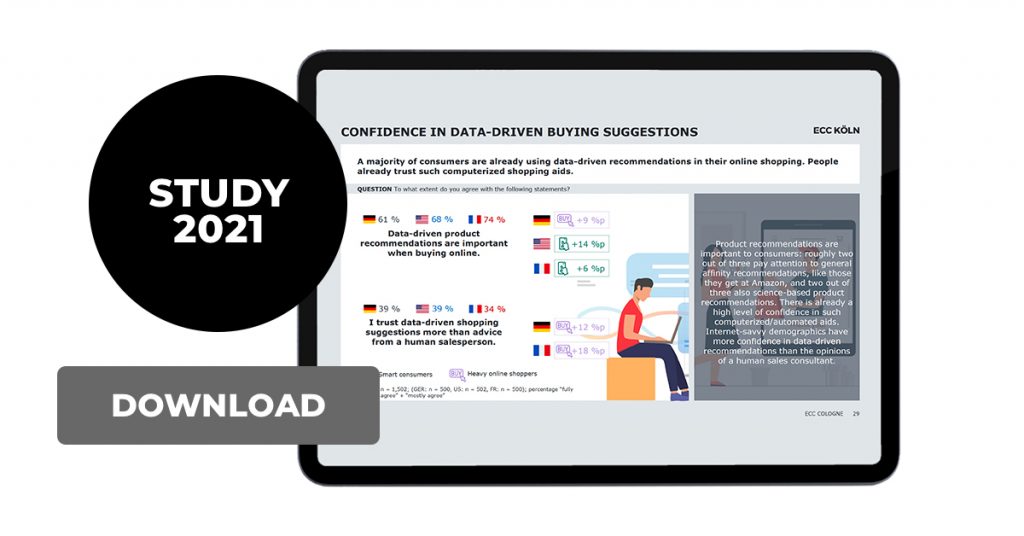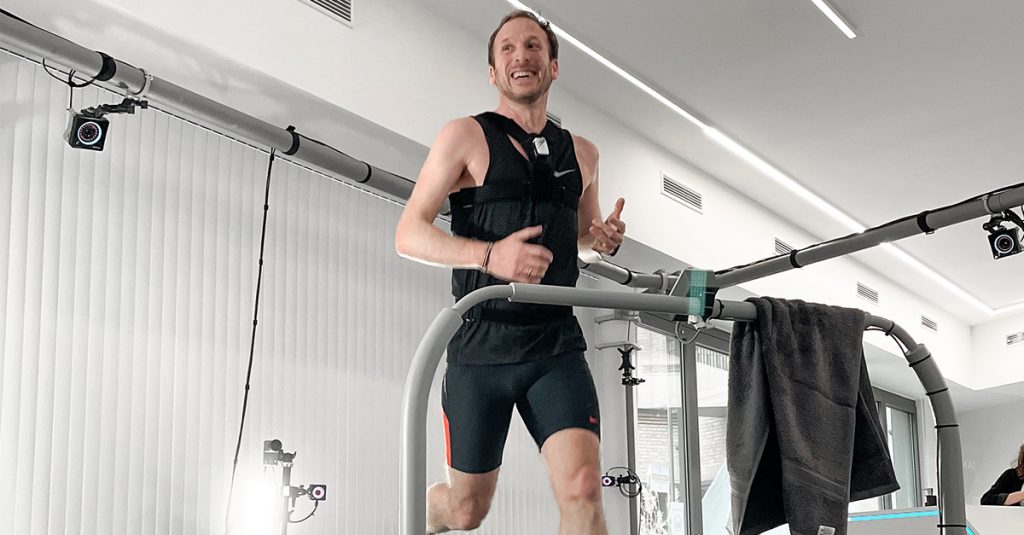It is estimated that almost 8 million more people went shopping between Black Friday and Cyber Monday this year, according to the National Retail Federation. Every year, this presents a great opportunity for retailers and e-commerce businesses to sell more and expand their customer base. But while their sales are growing, so do their return rates.
Returns happen particularly after the week of Black Friday
Brands, whether they sell online or in physical stores, have to deal with immense return volumes. This suggests that many consumers tend to send back impulse purchases from Black Friday as 143% more items are being returned on December 3rd than on any other date in the year [1]. In other words, 1 in every 3 shoppers return what they buy on Black Friday, with approximately 30 million unwanted goods being sent back to stores. This may surprise some as an exceptionally high number, especially when the most common reason to return an online order is an incorrect size or fit [2] and thus could be prevented by offering the right-sized product upfront.
Vast majority goes straight to landfill
As far as categories stand this year, in the UK clothing holds the top spot as the most frequently returned category purchased online with a 32% return rate, followed by shoes with a 15% return rate [3]. But while clothing can be repackaged and resold to new consumers, it is not always the most profitable method to handle product returns. As it turns out, some companies don’t have the technology to adequately restore the returned products to their original state [4].
Due to this, many items often end up at the landfill, which is not only unsustainable but also leads to significant financial loss. In addition to apparel, there are other types of products whose restoration is challenging. With mattresses, for example, retailers must consider factors such as hygiene, that prevent them from an automatic restocking. Again, most mattresses will be thrown away [5].
The cost of returns equals to Turkey’s GDP
Generally, returns make a big dent in retailers’ bottom line. Only last year, when the consumer demand was accelerated during the pandemic, returns cost retailers a whopping $761 billion, which is 16.6% of total U.S. retail sales [6]. The return rate from online purchases was even higher, reaching 20.8% of revenues or $218 billion. Both costs combined are equal to the yearly GDP of some countries, such as the Netherlands or Turkey, and most likely, do not even represent a complete accounting. The supply chain news platform Supply Chain Dive and the reverse logistics company Optoro conducted a study among 117 retailers revealing that about two thirds of them do not calculate the full costs of returned goods [7], failing to quantify associated costs for shipping [8], packaging, sorting and processing.
Free returns are over
There is no doubt that the increasing return rates are a recurring problem and, what is more, given the slowing economy [9], record fuel prices [10] and current supply chain crisis [11], pose a business security risk. To slow the already proliferating issues, many retailers have tightened up their return policies [12] to allow as little room for returns as possible. In fact, 6 out of 10 retailers are changing it for this holiday season [13] specifically by shortening the time period for returns or implementing return fees. For example ZARA, the international clothing chain, is among those who started charging online shoppers in the beginning of this year [14].
Motesque’s size advisor reduces returns by 6 %

In spite of the large scale of the product returns, there is a simple solution to this problem. The MQ Fit technology from Motesque helps brands reduce returns by enabling them to recommend their consumers a perfect product size or fit. Implemented as an easy-to-use widget into their online or physical environment, the MQ Fit app uses just two photos of the consumer and some basic information like height and weight to create a digital twin that virtually tests and interacts with the product. Based on the individual consumer dimensions and preferences, an accurate product size or fit is recommended within seconds turning many shoppers into returning loyal customers. In fact, the MQ Fit tool has proven to work with a conversion uplift of 3,5 times, returns reduced by 6% and an increase of average order value by 4%.
EDIT: Despite the high inflation, on Black Friday consumers spent $9.12 billion shopping online this year [15]. Although the number is higher than in previous years, the overall results are still not final as brick-and-mortar store purchases are still expected to be announced. Since the National Retail Federation expects 67% of shoppers to head over to the brick-and-mortar stores rather than shopping online [16], we can assume the overall costs will be much higher.
Author:
Nikita Rybova, senior marketing manager at Motesque



